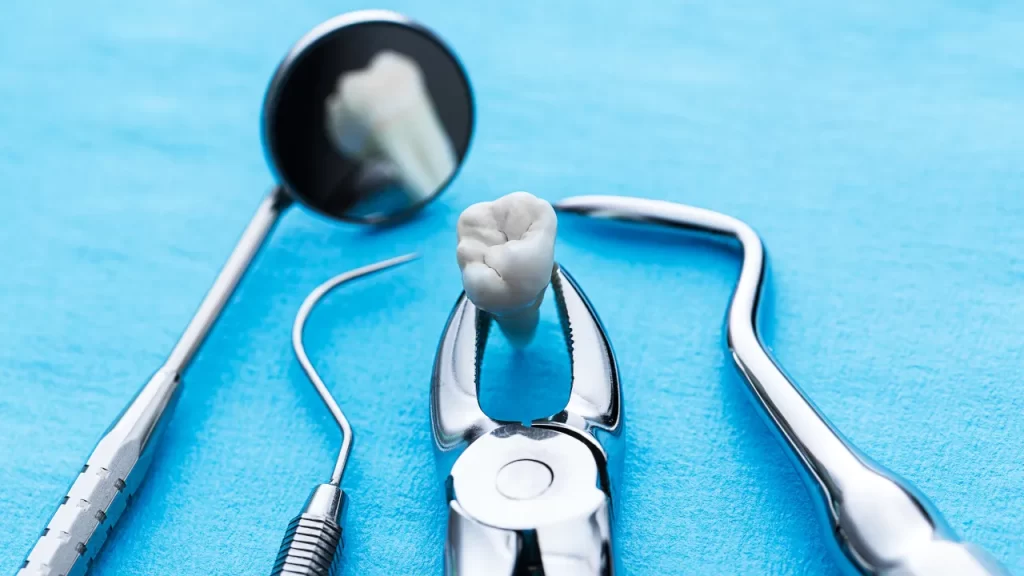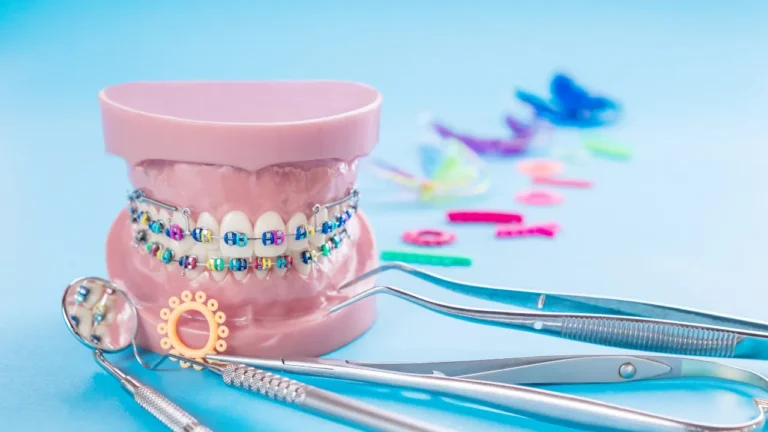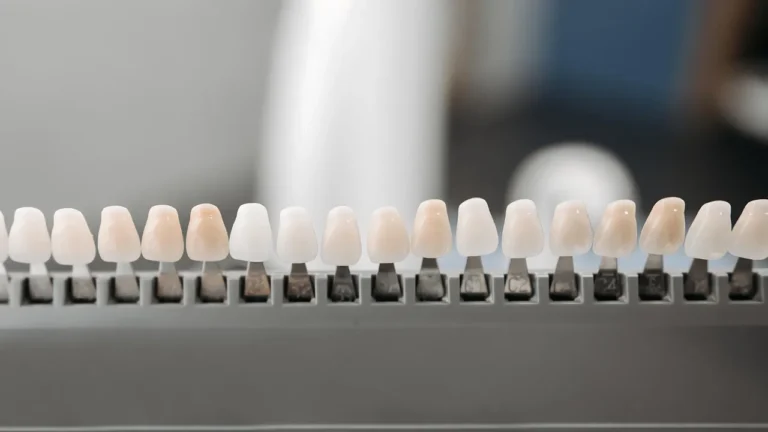When faced with the prospect of tooth removal, understanding the reasons behind it is crucial.
From decay to dental trauma, various factors can necessitate extraction.
In this guide, we delve into the common reasons for tooth removal, the extraction process, and post-extraction care to ensure a smoother experience for patients.
Common Reasons for Tooth Removal
1. Dental Decay and Cavities
- Dental decay, if left untreated, can progress to the point where extraction becomes necessary.
- Prompt treatment of cavities can prevent the need for extraction and preserve oral health.
2. Gum Disease (Periodontitis)
- Advanced gum disease can lead to tooth loss due to the destruction of supporting tissues.
- Periodontal treatment is crucial to halt the progression of gum disease and prevent extractions.
3. Impacted Wisdom Teeth
- Impacted wisdom teeth can cause pain, swelling, and infection.
- Extraction may be necessary to alleviate symptoms and prevent complications.
4. Dental Trauma
- Accidents or injuries can result in fractured or dislodged teeth.
- Immediate dental intervention is essential to assess the extent of damage and determine the need for extraction.
5. Orthodontic Reasons
- In some orthodontic cases, tooth removal may be required to create space for proper alignment.
- Consulting with orthodontic specialists can provide insight into the necessity of extractions.
The Extraction Process
1. Pre-Extraction Preparation
- Initial consultation with a dentist to assess the need for extraction.
- X-rays and other diagnostic tests to evaluate the tooth and surrounding structures.
2. Types of Extractions
- Simple extractions for teeth visible above the gum line.
- Surgical extractions for teeth that are impacted or broken below the gum line.
3. The Procedure
- Administration of anesthesia to ensure comfort during the procedure.
- Step-by-step explanation of the extraction process, including tooth loosening and removal.
4. Aftercare Instructions
Managing Pain and Discomfort
- Over-the-counter pain relievers such as ibuprofen or acetaminophen.
- Application of ice packs to reduce swelling and discomfort.
Oral Hygiene Practices
- Gentle brushing and flossing around the extraction site to prevent infection.
- Avoiding vigorous rinsing or touching the extraction site with fingers or tongue.
Dietary Considerations
- Consumption of soft foods and liquids immediately after extraction to avoid irritation.
- Gradual reintroduction of solid foods as comfort allows.
Follow-Up Appointments
- Importance of attending follow-up visits to monitor healing and address any concerns.
- Removal of sutures and evaluation of healing progress by the dentist.
Understanding the reasons for tooth removal, the extraction process, and post-extraction care is essential for patients facing this procedure.
By following the outlined steps and seeking guidance from dental professionals, individuals can navigate the process with greater confidence and ensure optimal oral health.
References
- South African Dental Association (SADA)
- University of Pretoria Dental School
- South African Medical Research Council









